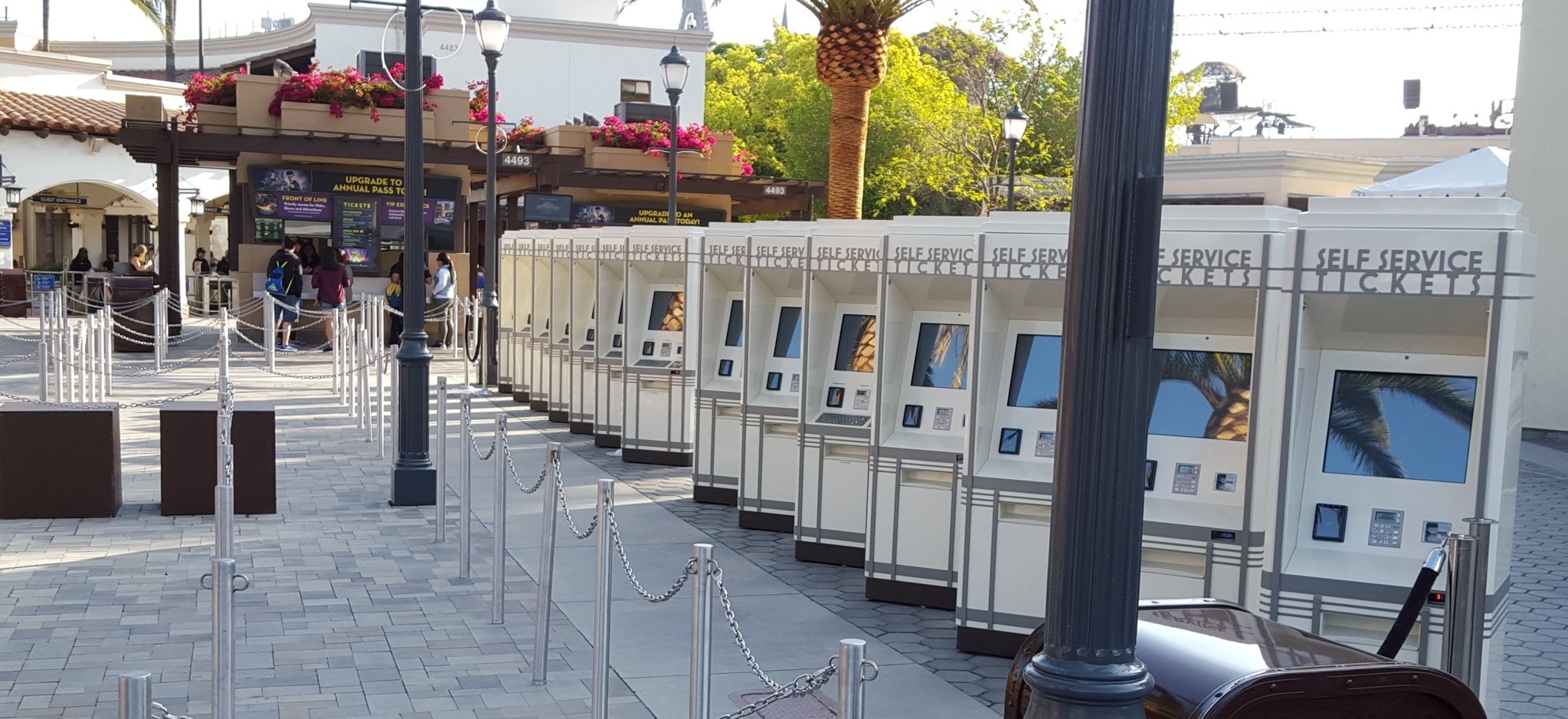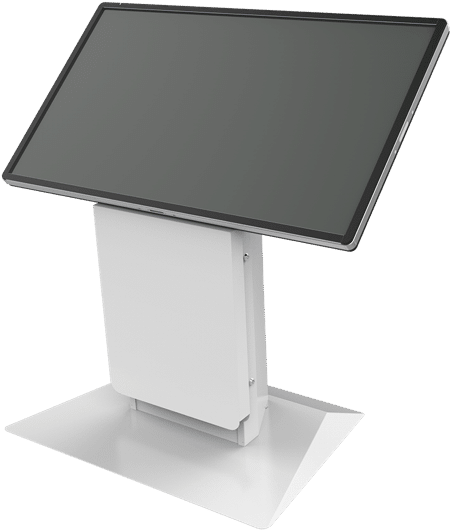2025 marks our 50th anniversary in business at Olea Kiosks®.
Reaching a 50-year milestone is more than just a celebration—it’s a chance to reflect on the lessons that have shaped who we are today. Over the decades, we’ve navigated shifts in technology, evolving customer needs, and industry challenges, and each experience added to our collective knowledge. As we mark this anniversary, we’re sharing key insights gained along the way—lessons in innovation, resilience, and what it takes to build lasting partnerships.
In this series, we’ll highlight pivotal moments, the obstacles that made us stronger, and the decisions that led to breakthrough innovations. Through these stories, we hope to offer valuable takeaways for anyone navigating self-service technology, change, and growth.
In our first reflection, we look at a project we’re extremely proud of.
The Universal Studios Kiosk: A Race Against Time and Design Complexity
“One of the projects I like and I’m most proud of is Universal Studios. It was a complex design and was to be delivered on a short deadline. They were remodeling the whole front of the park and the kiosks were a big part of that,” explained CEO Frank Olea.
The project officially kicked off in September 2015, with just 30 days to design and engineer a fully custom outdoor kiosk—one that had to seamlessly blend into the theme park. By December, a prototype was already on display, and just five months after the initial PO, the first units were installed on February 10, 2016. The speed and precision required to pull this off made it one of the most demanding projects Olea had ever taken on.
The Challenge: A Kiosk That Could Disappear
Universal Studios wanted something entirely unique: a ticketing kiosk that could be installed and removed without a trace. Typical kiosks are bolted down, but these needed to be temporary for red carpet events, allowing them to be deinstalled without leaving any visible impact on the park’s grounds. The solution? A custom mounting system that let kiosks be lifted out, with a paver cover placed over the opening—completely erasing any sign they had ever been there.
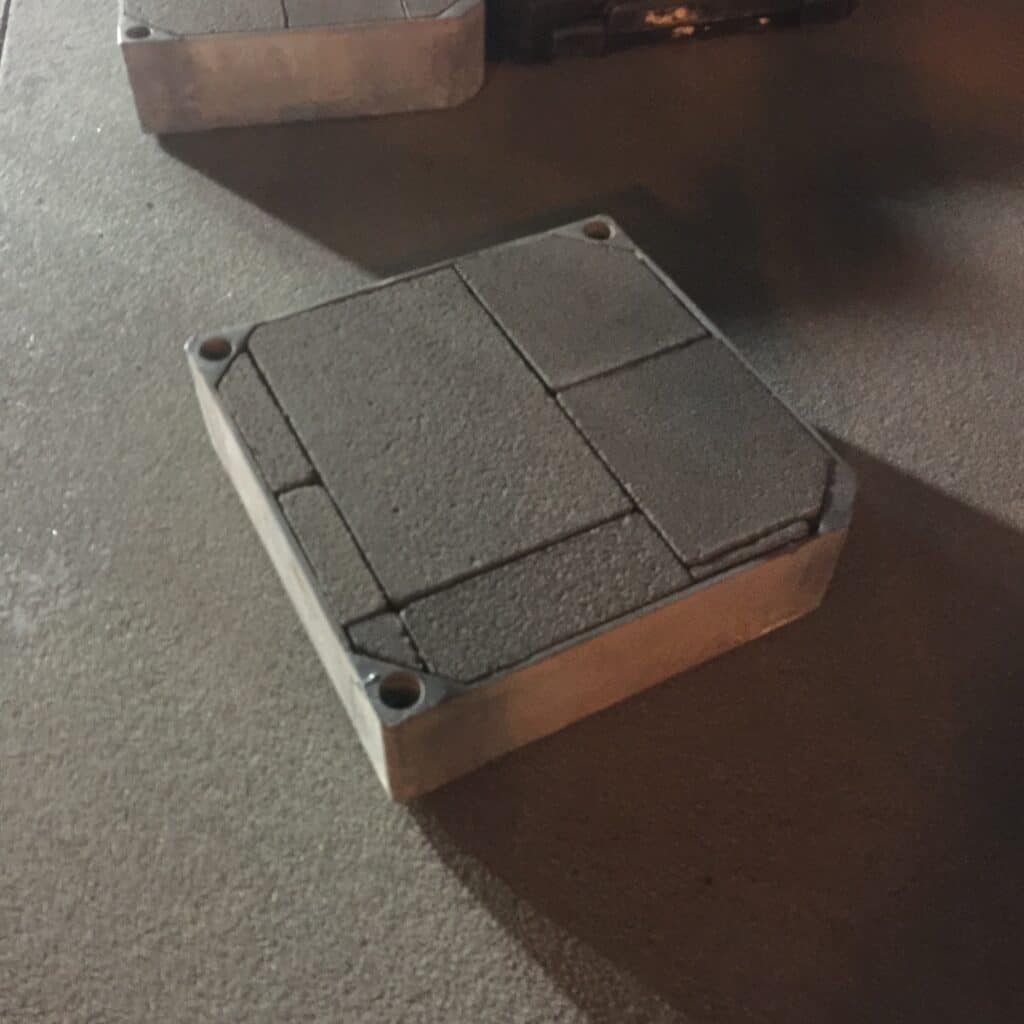
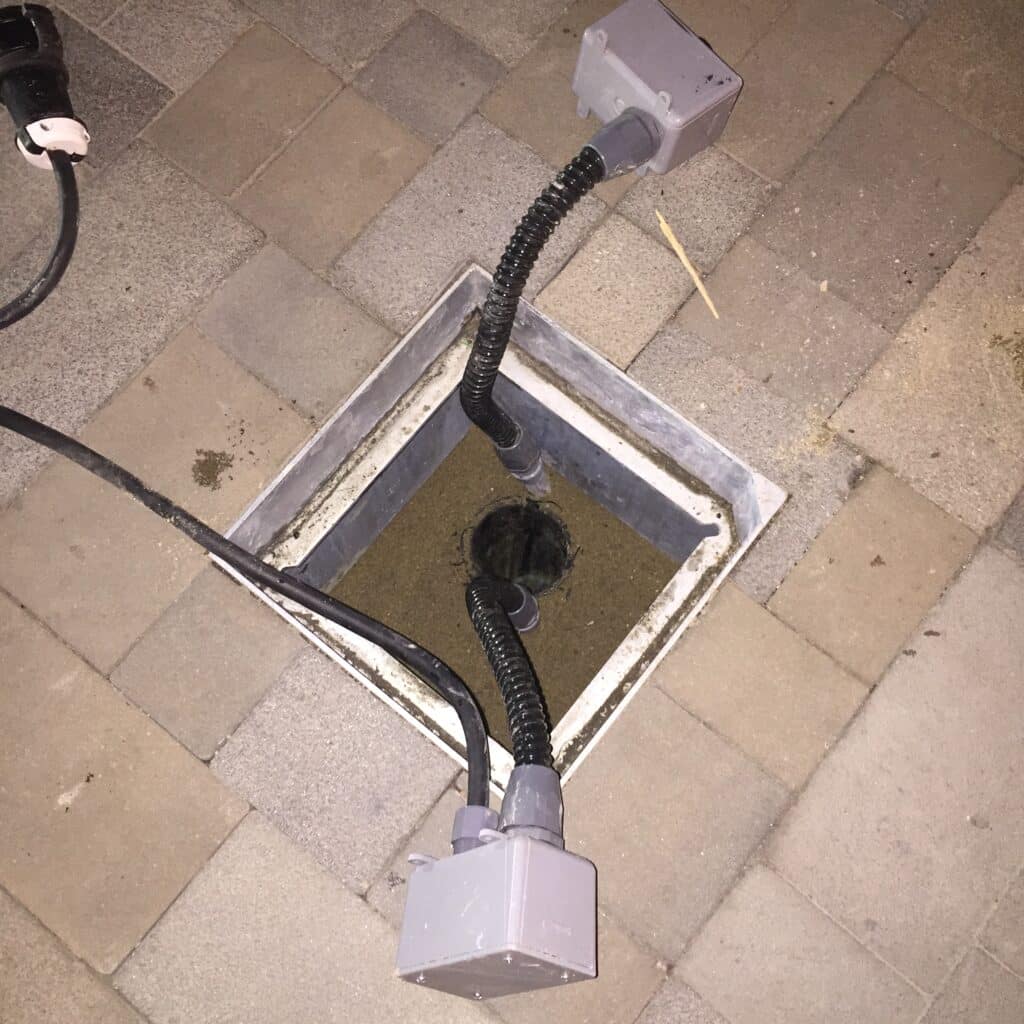
Initially, there was concern that the kiosks would require a forklift for removal, but the final design allowed for efficient de-installation without heavy machinery.
Engineering an Invisible AC System
Outdoor kiosks bring another set of challenges—weather protection, temperature control, and durability. This unit had to house a touchscreen, printer, receipt printer, payment devices, and ADA accessibility features, while maintaining a sleek, unobtrusive look that matched the Art Deco style of the park.
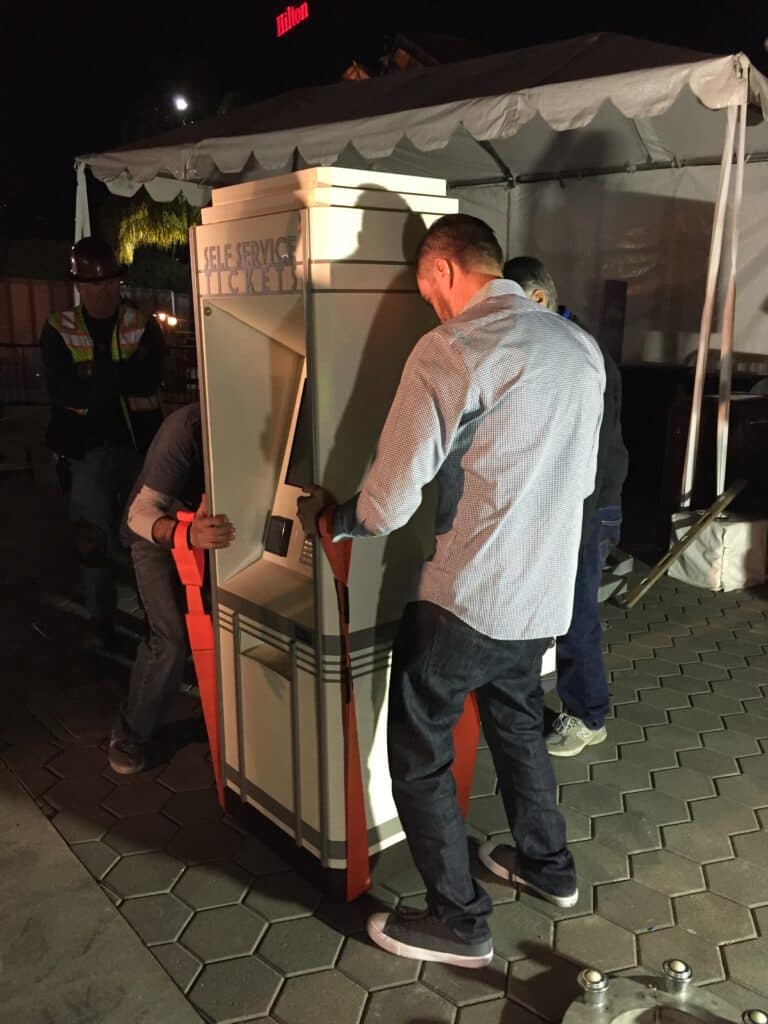
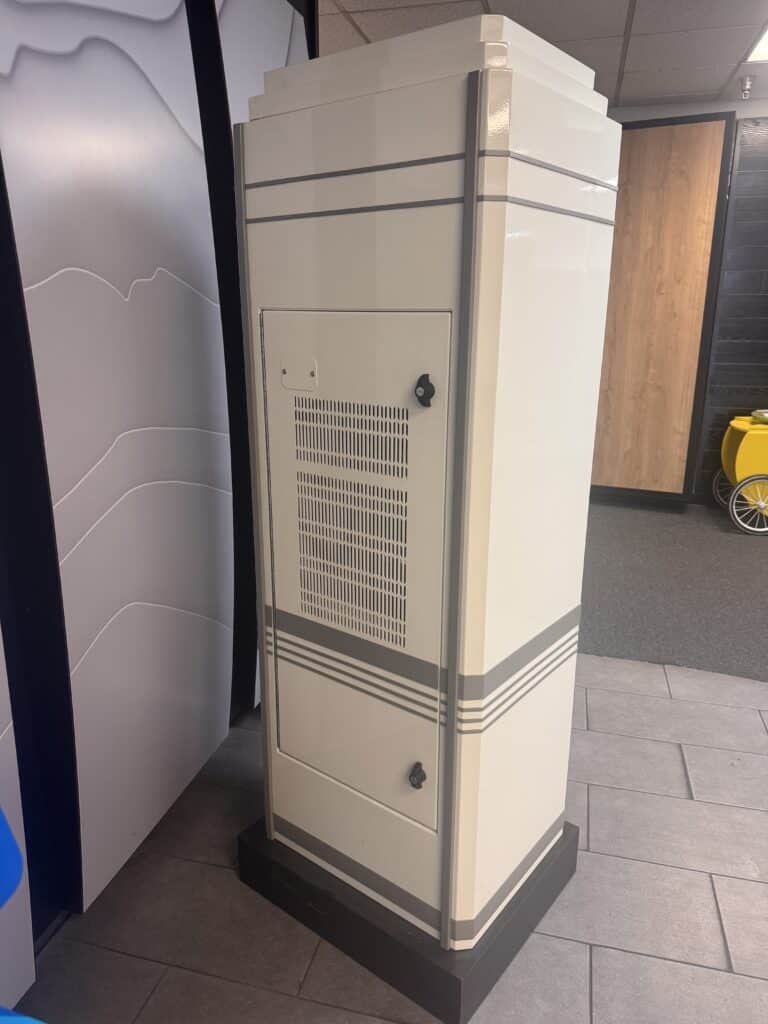
One of the biggest hurdles was cooling. Typically, kiosks have visible ventilation holes to let air in and out, but Universal didn’t want anything disrupting the aesthetic. The solution? An embedded AC system, completely hidden within the unit. Even the airflow openings were designed as part of the Art Deco styling, ensuring they served both function and form.
A Puzzle of Materials and Water Management
Because the kiosks were 360-degree visible in a high-traffic area at the front of the park, every inch of the design had to be pristine.
Water resistance was another key challenge. Normally, kiosks are designed to keep water out entirely, but in this case, there were bolt-on elements that were part of the design that penetrated the surface of the kiosk. Instead of trying to seal the kiosk completely, the team took an unconventional approach: designing water channels that allowed any moisture to escape without pooling inside. It was not only effective at covering the welds, but it also met UL safety requirements.
The Final Result
Despite the intense timeline, engineering challenges, and countless refinements, the Universal Studios kiosks were installed on time and performed. What started as a complex challenge became one of Olea’s proudest achievements—delivering a kiosk that looked like it had always belonged in the park while also having the ability to vanish when needed.
This project was a perfect example of why experience matters in self-service. It wasn’t just about building a kiosk—it was about solving unique problems, balancing aesthetics with function, and executing under pressure. Looking back, it remains one of the best examples of what happens when creativity, engineering, and determination come together to create something truly special.
For Frank, this project was more than just another kiosk deployment—it was one of those once-in-a-lifetime opportunities to work on something truly special. Universal Studios is a brand that commands admiration and being entrusted to design a kiosk in such a high-profile, highly visible space was both an honor and a challenge.
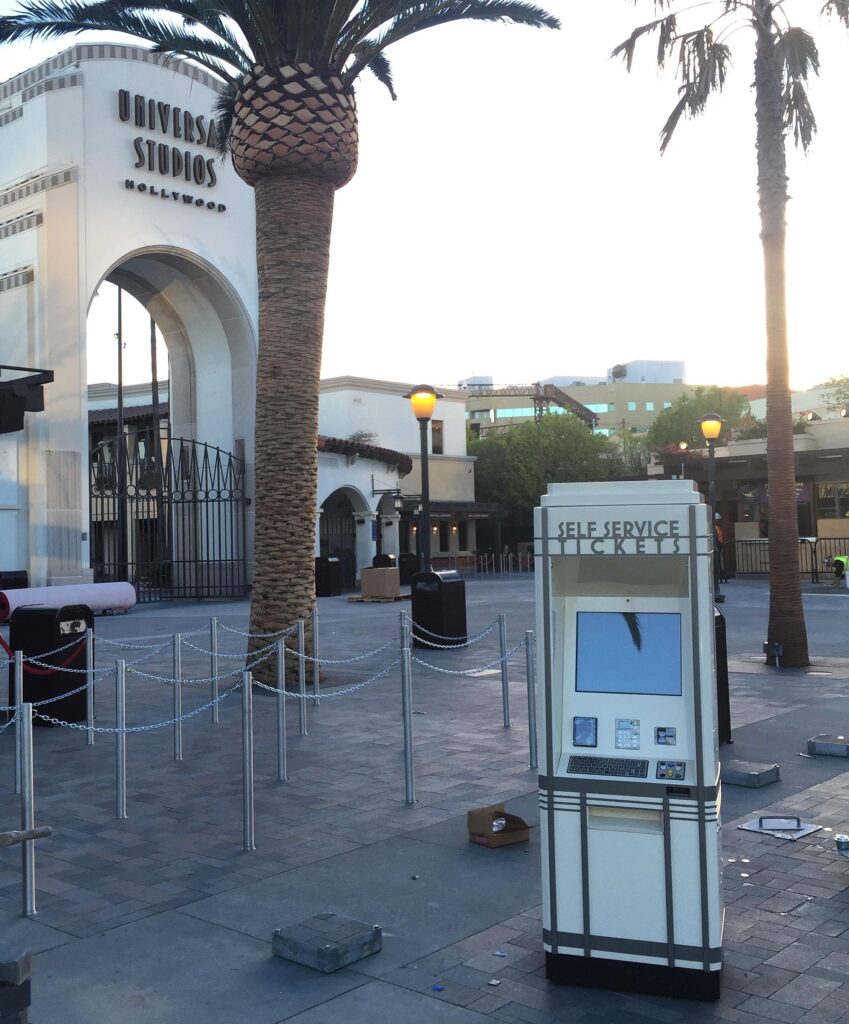
Unlike larger-scale rollouts where efficiency and repeatability take priority, this was a high-end, one-of-a-kind installation that demanded a different level of creativity, craftsmanship, and consultative problem-solving. The customer had the budget, vision, and desire to push the boundaries, allowing the team to stretch their creative muscles and build something that was not only functional but also beautifully integrated into the park’s environment. For Frank, this project felt like getting back to his roots—drawing on the skills honed from working in trade shows, store fixtures, and interiors, where the balance of aesthetics and engineering is everything. It was a reminder that not every kiosk is about mass production; sometimes, it’s about creating something lasting and iconic. These types of projects are what fuel the passion for design—challenging the team to think differently, push their skills, and teach others to see problems through a new lens. It was demanding, but it was also fun and rewarding, the kind of work that reminds you why you love what you do.

